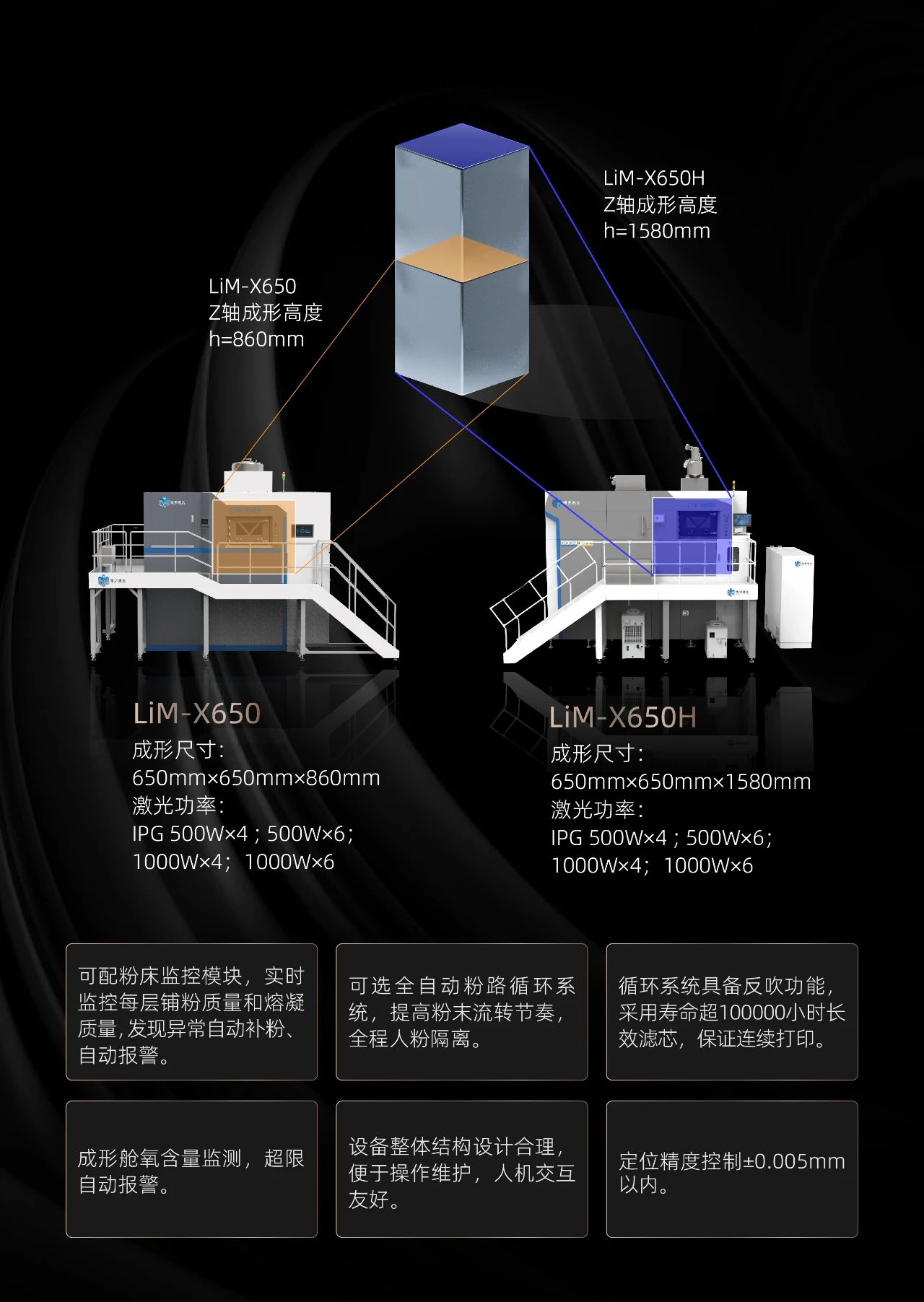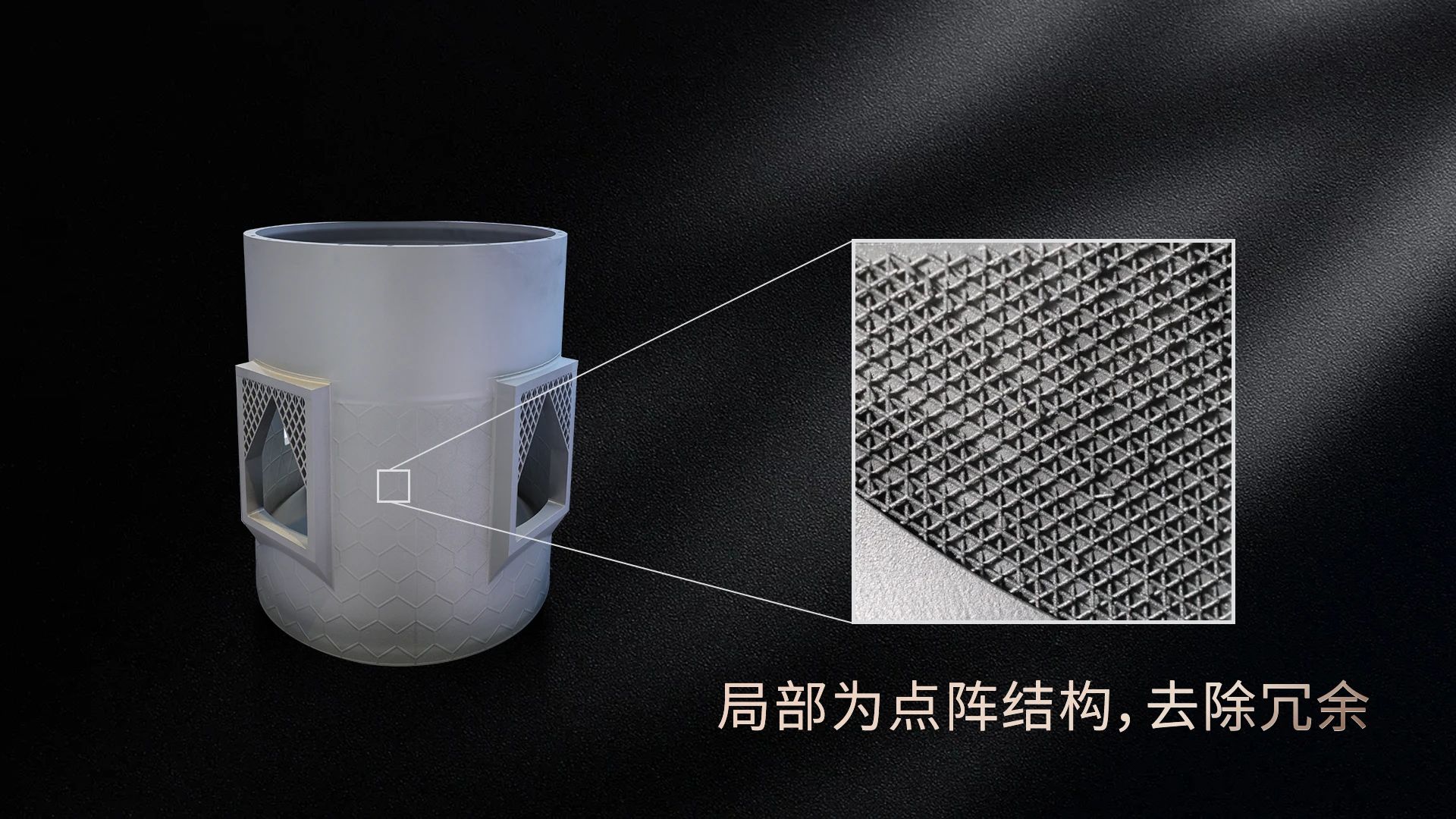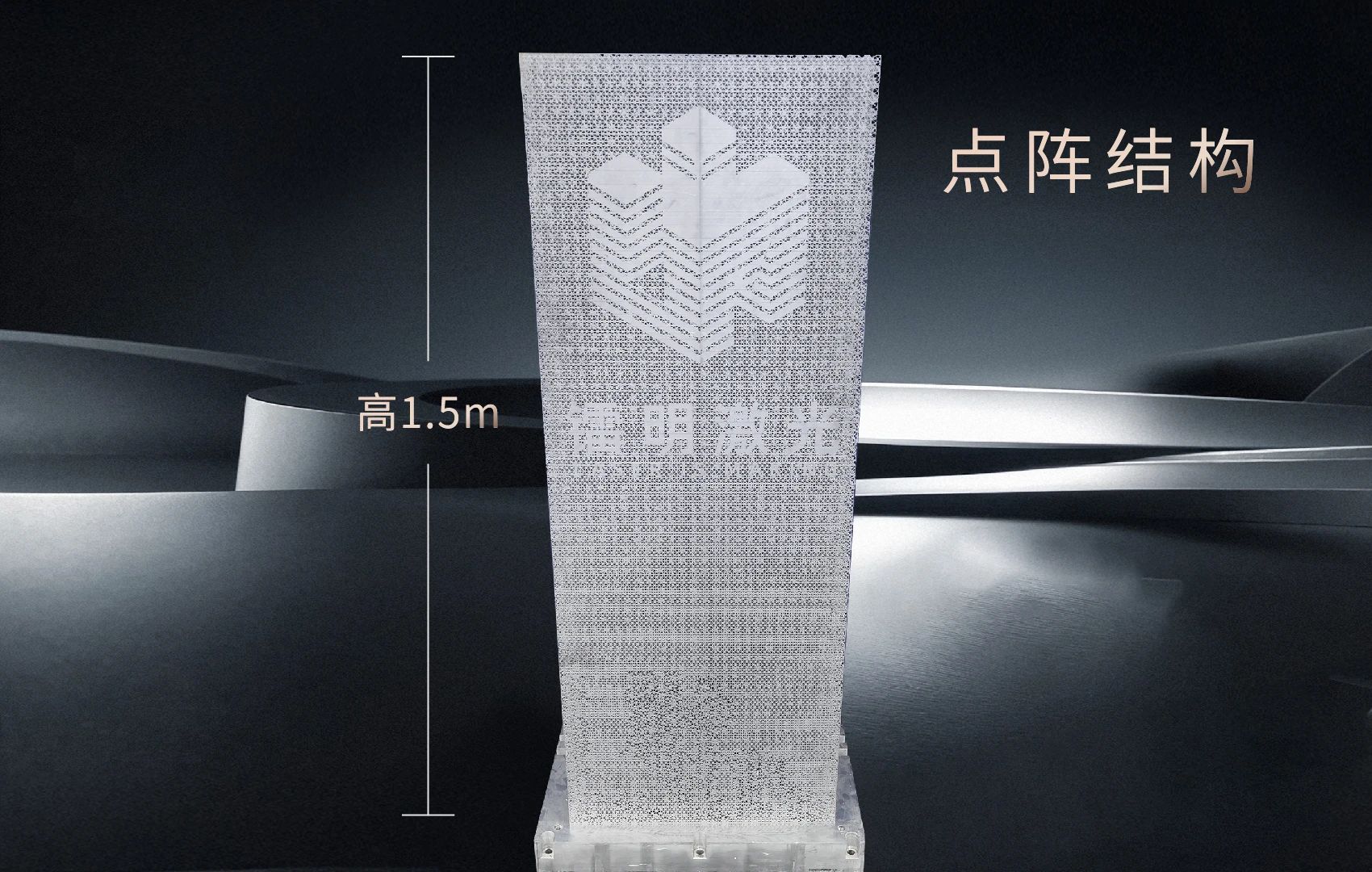Metal 3D printing technology is reshaping the high-end manufacturing landscape at an unprecedented speed, gradually penetrating from strategic fields such as aerospace and energy power into industries like automotive manufacturing and mechanical manufacturing. In response to the high-quality and efficient production demands for large-scale and complex metal components in various fields, TSC, relying on its profound technical accumulation and industry experience, has provided users with efficient and reliable solutions.
Since its launch, the LiM-X650/650H equipment has quickly taken root in fields such as aerospace and automotive manufacturing, thanks to its large forming space, multi-laser configuration and stable printing performance. As a result, it provides diverse application scenarios and promotes the accelerated development of the industry towards intelligence and flexibility.


Metal 3D printing technology has demonstrated tremendous application potential in the aerospace manufacturing industry, bringing about unprecedented changes and innovations to the sector.
Cost reduction and efficiency improvement: Enhancing manufacturing economy
Metal 3D printing technology eliminates the time and cost of mold manufacturing, directly simplifies the production process, and has a much higher material utilization rate than traditional subtractive manufacturing, significantly reducing raw material costs. Integrated manufacturing of parts reduces the number of independent parts and assembly processes, shortens the manufacturing cycle, lowers production costs, and enhances overall economic efficiency.
Lightweighting: Simplifying the complex to enhance efficiency
Aerospace products have high requirements for lightweighting. Metal 3D printing technology combined with topological optimization design can achieve efficient manufacturing of bionic, lattice, and lattice structures. Under the premise of ensuring the original structural strength, it can greatly reduce the weight of components, providing higher carrying efficiency and stronger mobility for aerospace products.
Design freedom: Accelerate iterative optimization
Metal 3D printing technology grants engineers unprecedented design freedom, breaking free from the processing restrictions on geometric shapes imposed by traditional casting, forging, and machining processes. It directly forms complex structural components, significantly shortening the production cycle from concept design to the final product, achieving "design as manufacturing", and effectively accelerating the research and development verification cycle of aerospace products.
Taking the aerospace module of the LiM-X650 equipment formed in one piece as an example, lightweight and high-strength aluminum alloy materials are selected for printing. The structural performance of the parts is enhanced through topological optimization, and the local lattice structure is designed to remove redundancy, achieving the requirement of lightweighting.

High-strength aluminum features low density and high strength, but during the printing process, there are also problems such as low density and a high tendency for parts to crack. TSC has comprehensively optimized the process parameters, solving the pain points and difficulties in the integrated manufacturing of large-sized, complex-structured high-strength aluminum alloy parts, and the appearance effect of the printed finished products is good.
The LiM-X650 equipment has provided users with strong technical support on multiple occasions, helping the project achieve remarkable results. Participated in the development of the YF-75DA engine for the second stage of the Long March 8A rocket core, fully analyzed the structural characteristics and process requirements of the parts, and leveraged the advantages of the LiM-X650 equipment to print a variety of key components for the YF-75DA engine.
In the Tianque series rocket engine project in collaboration with Blue Arrow Space, the LiM-X650 equipment was used to produce large-sized, easily deformable and complex-structured components, contributing to significant progress in the Tianque series engines in terms of structural integration and thrust performance improvement.
The Z-axis forming height of the LiM-X650H equipment has been increased to 1580mm. It adopts a self-developed gantry dual-drive structure design, which not only raises the printing height but also controls the overall height of the equipment to only 4.5m, featuring excellent operability and maintainability.

The dot matrix structure display piece printed by the LiM-X650H device
The equipment has assisted Hubei Sanjiang Aerospace Hongyang Electromechanical Co., Ltd. in conducting application research on additive manufacturing technology.
In the commercial aerospace field, the LiM-X650H equipment also provides users with sufficient support. With the advantages of equipment forming accuracy and forming efficiency, it helps in the research and development, trial production and batch printing of various types of components.

In the field of automotive manufacturing, the LiM-X650/650H equipment also demonstrates strong technical advantages, bringing innovative breakthroughs to the manufacturing of automotive parts.
The wheel hub is one of the important safety parts in automobile manufacturing. Its quality and reliability are directly related to the safety of people and vehicles, and also affect the smoothness and comfort of the vehicle during driving. Titanium alloy has significantly better strength/weight indicators and corrosion resistance than aluminum alloy, making it an ideal material for wheel hub manufacturing. TSC uses the LiM-X650 equipment to print titanium alloy automotive wheel hubs. By optimizing the structural design, the overall strength is enhanced. Compared with traditional casting and forging processes, the one-piece forming effectively shortens the process chain and saves raw materials. Lay a solid foundation for the large-scale application of 3D printing technology in the automotive manufacturing field.
The application practice of LiM-X650 and LiM-X650H not only validates TSC's profound accumulation and technological leadership in the field of metal additive manufacturing, but also provides effective solutions for manufacturing upgrades in multiple fields. Looking ahead, TSC will continue to focus on technological depth, break through application boundaries, and constantly research and develop metal 3D printing equipment, contributing reliable strength to the development of the industry.


